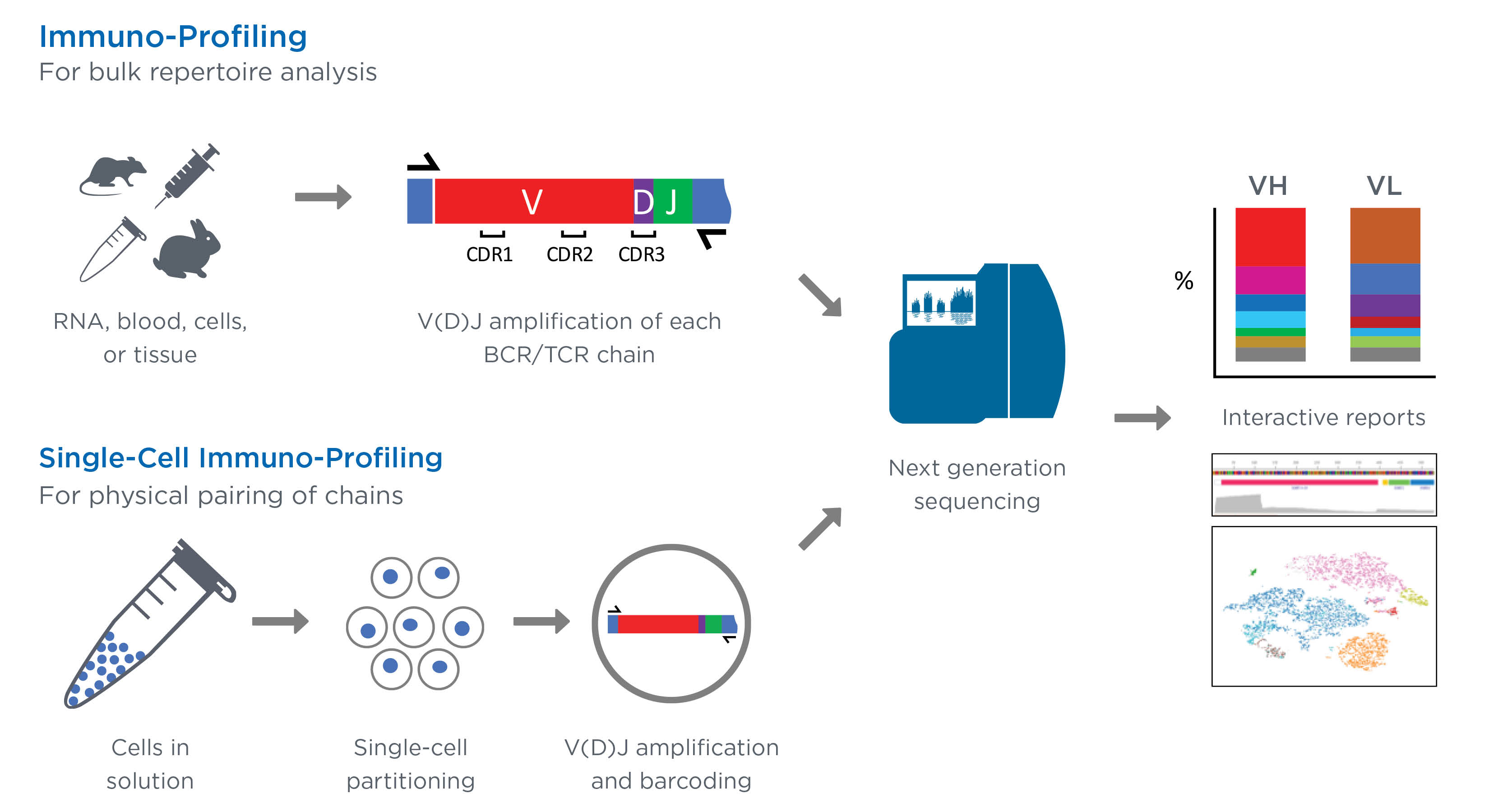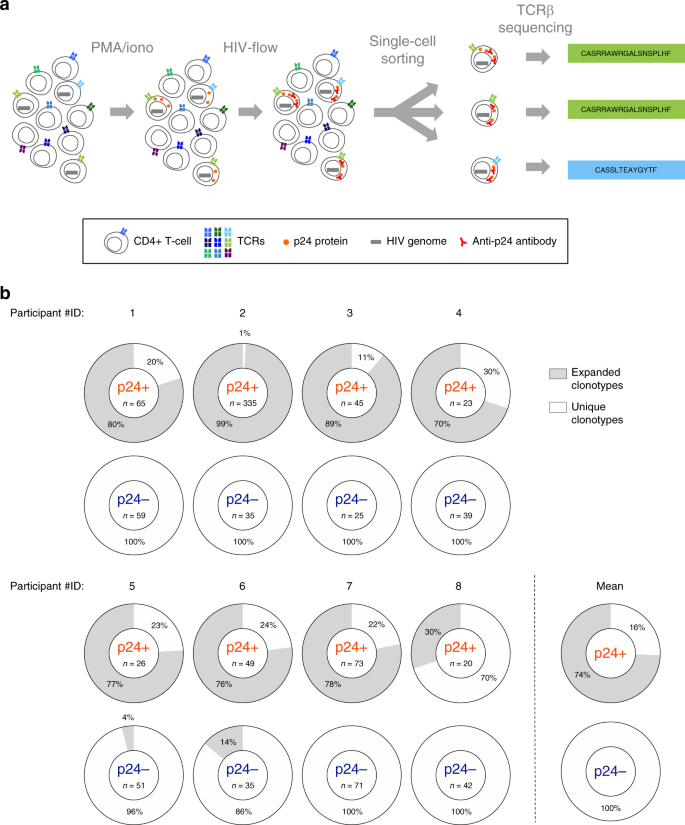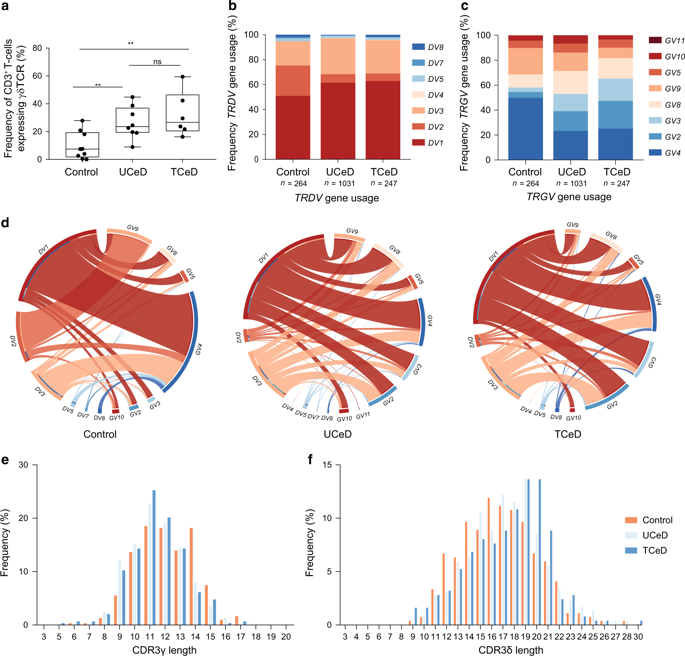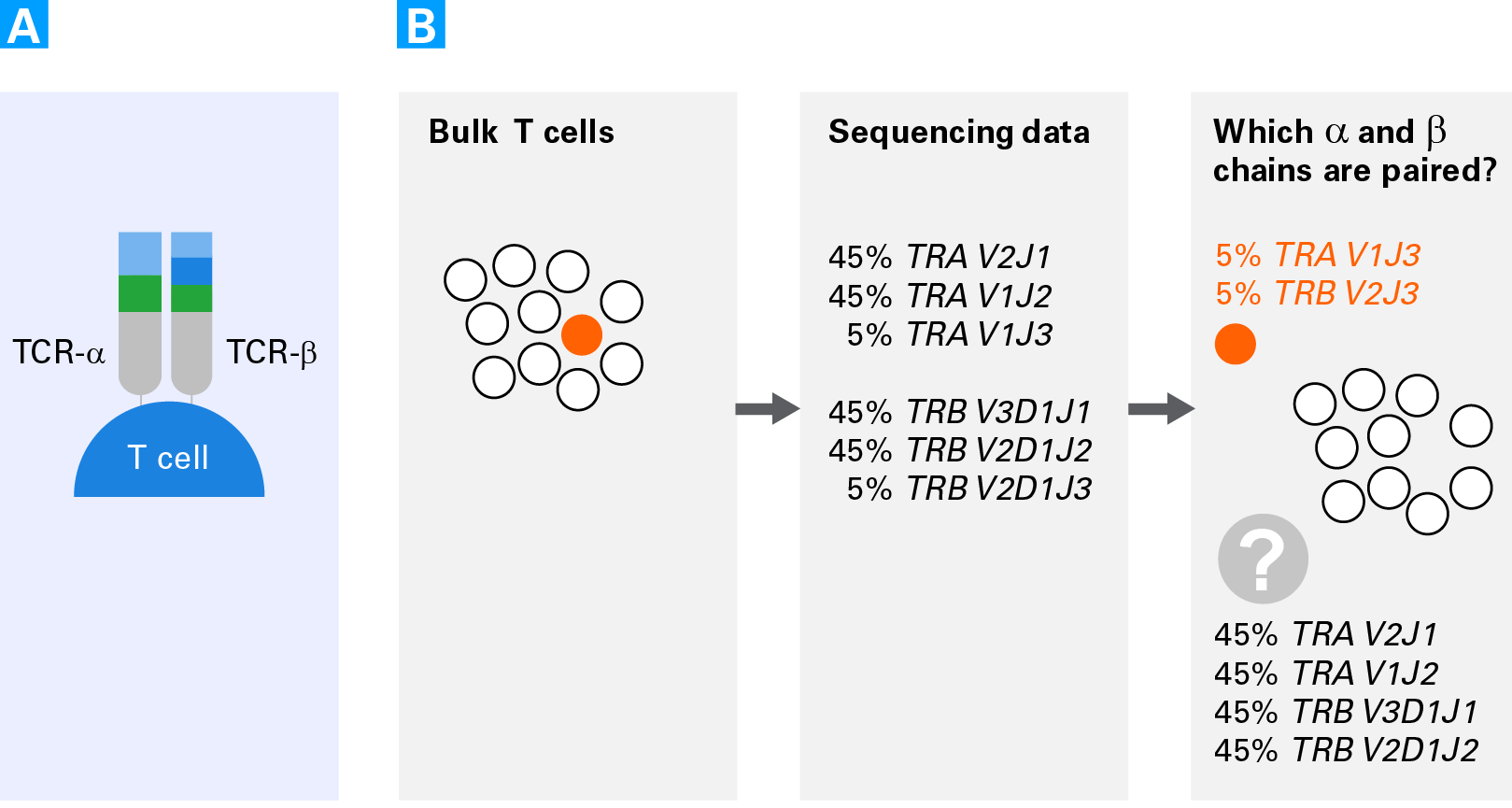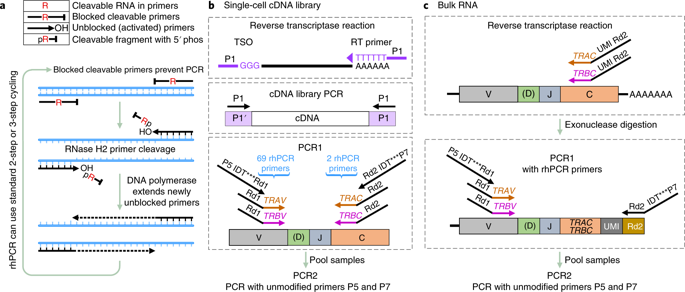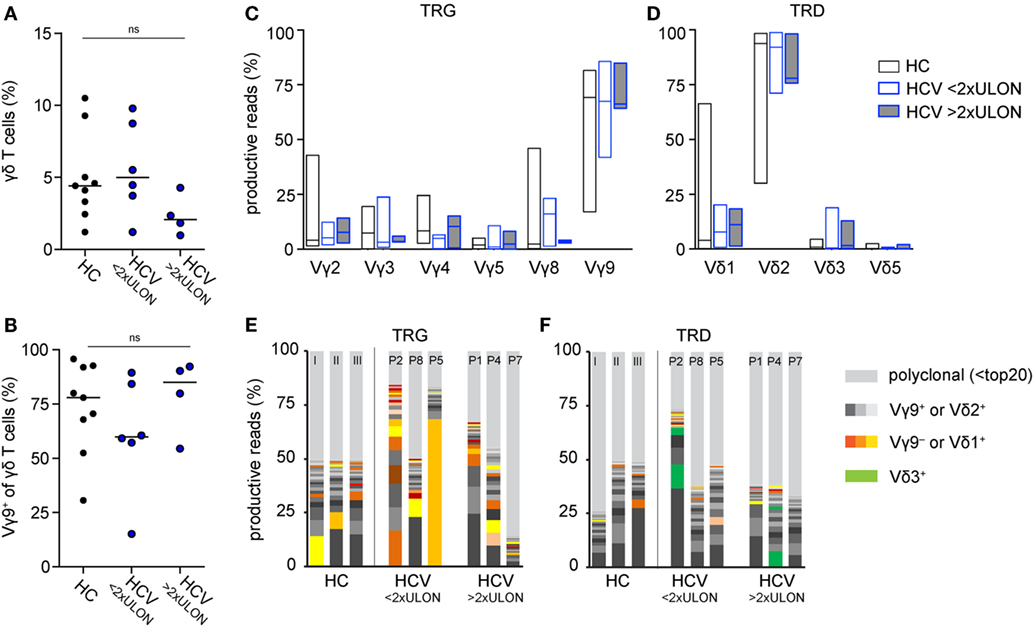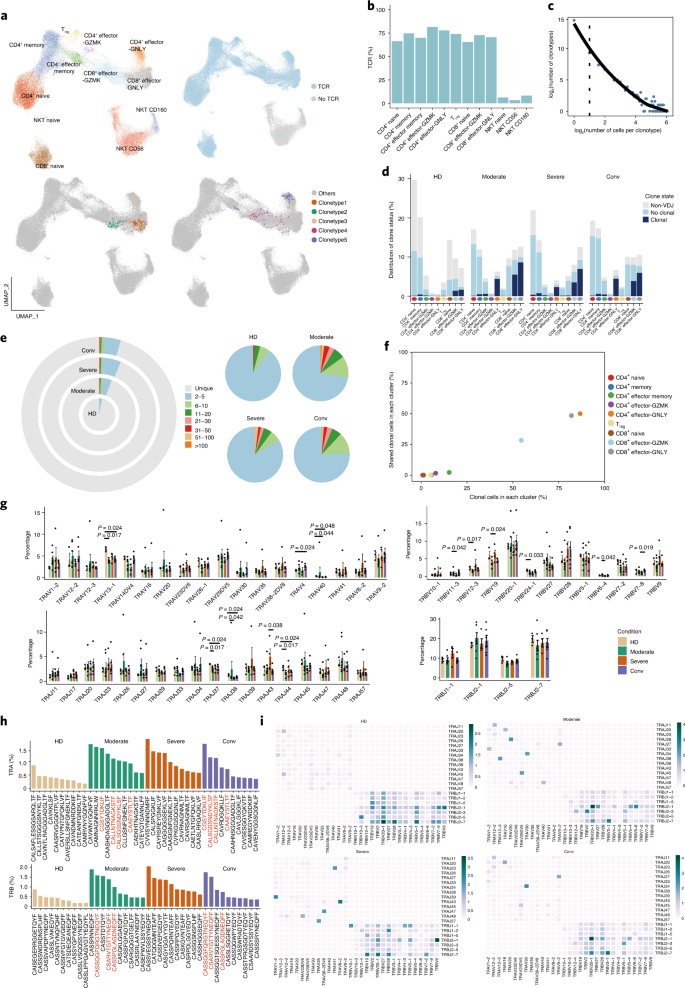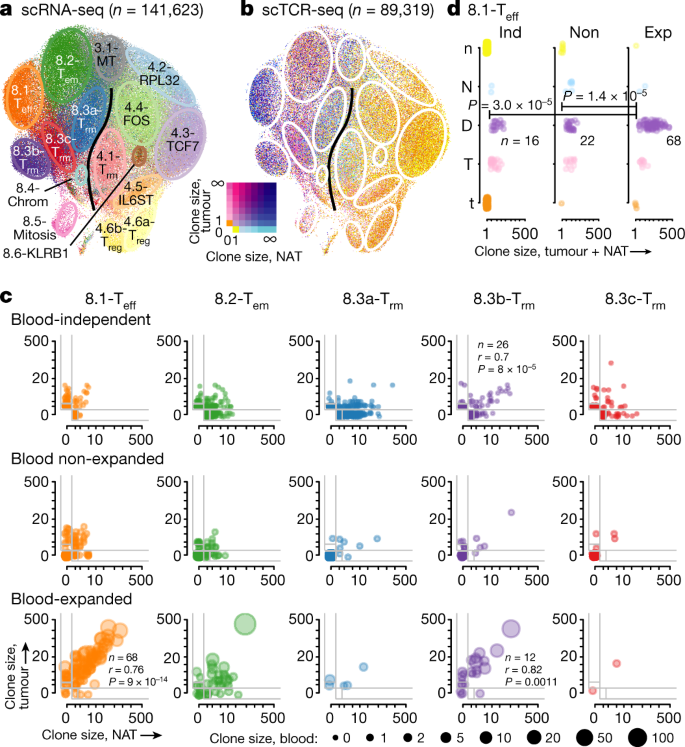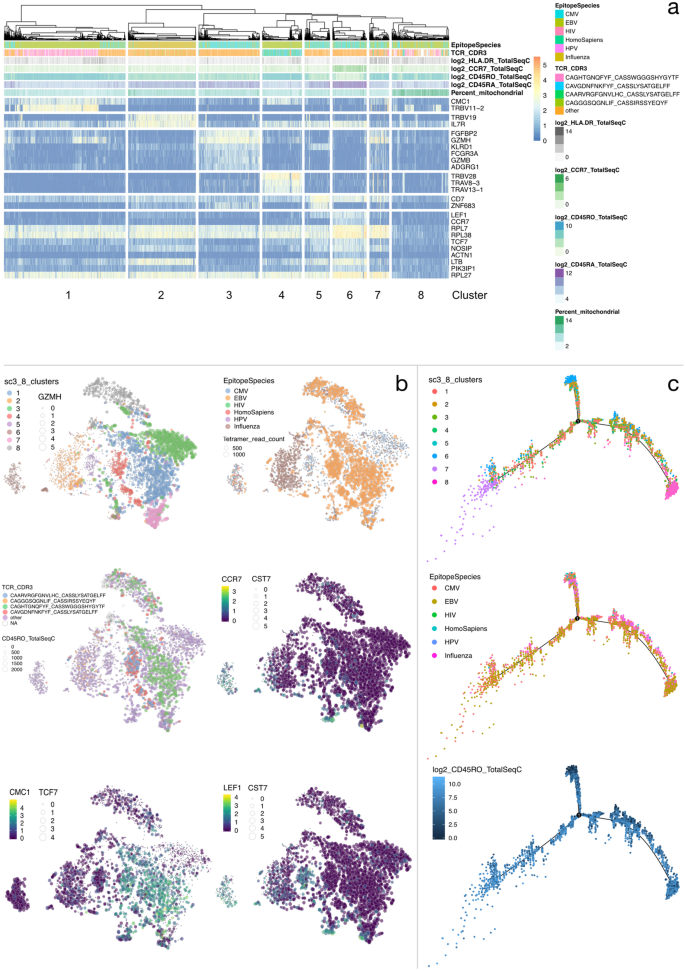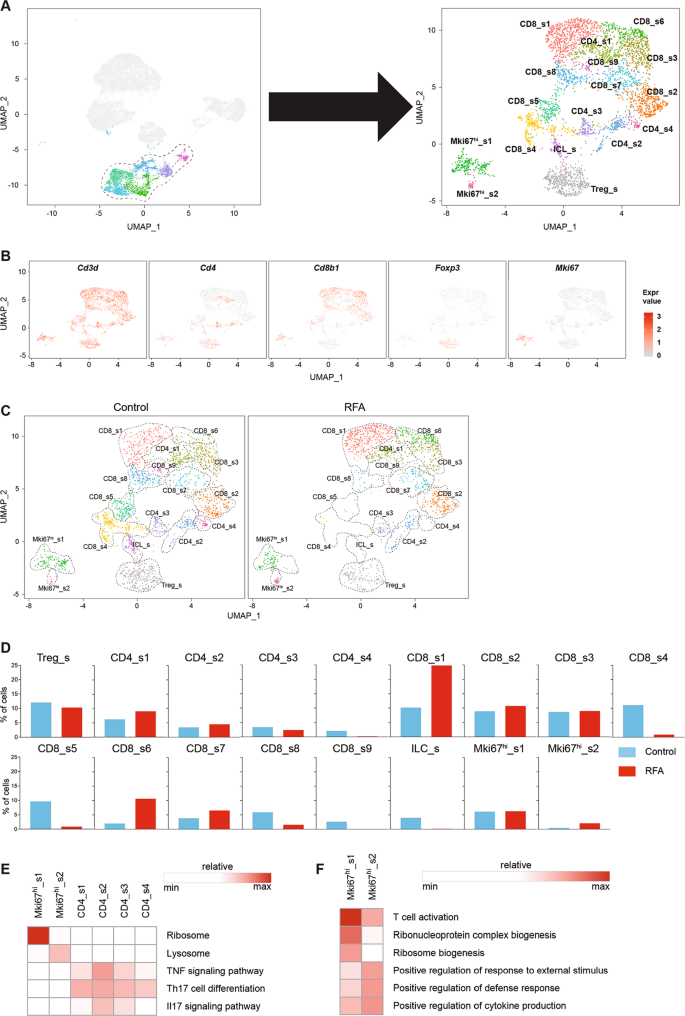However current methods for tcr inference from scrna seq are limited in their sensitivity and require long sequencing reads thus increasing the cost and decreasing the number of cells that can be.
Single cell tcr sequencing.
The recent development of single cell rna sequencing scrnaseq allows the transcriptomes of thousands of cells to be processed simultaneously bringing a way to identify subpopulations of cells and provide functional insights such as the identification of each cell s unique tcrs and paired alpha and beta heterodimers that were previously.
Single cell v d j cell surface protein v1 and v1 1 minimum sequencing depth.
Single cell sequencing examines the sequence information from individual cells with optimized next generation sequencing ngs technologies providing a higher resolution of cellular differences and a better understanding of the function of an individual cell in the context of its microenvironment.
Once activated they can directly kill cells that are foreign cytolytic t cells or perform helper function helper t cells to activate b cells to make antibodies against foreign antigen.
Here we perform deep single cell rna sequencing on 5 063 single t cells isolated from peripheral blood tumor and adjacent normal tissues from six hepatocellular carcinoma patients.
Single cell rna sequencing scrna seq can allow simultaneous measurement of tcr sequence and global transcriptional profile from single cells.
We also discuss novel approaches that through the integration of tcr tracking and mrna single cell sequencing offer a valuable tool to associate antigen specificity to transcriptional.
Massively parallel single cell b cell receptor sequencing enables rapid discovery of diverse antigen reactive antibodies communications biology.
Single cell based approaches brought the analysis to a higher level of complexity and now provide the opportunity to sequence paired alpha and beta chains.
Single cell v d j cell surface protein v1 and v1 1 libraries are single indexed.
Our results support a model of continuous activation in t cells and do not comport with the macrophage polarization model in cancer.
Analysis of paired single cell rna and t cell receptor tcr sequencing data from 27 000 additional t cells revealed the combinatorial impact of tcr utilization on phenotypic diversity.
Clonal replacement of tumor specific t cells following pd 1 blockade.
High throughput paired αβ tcr transcript amplification and sequencing from defined t cell subsets.
T cells are the core components of our adaptive immune system.
For example in cancer sequencing the dna of individual cells can give information about.



